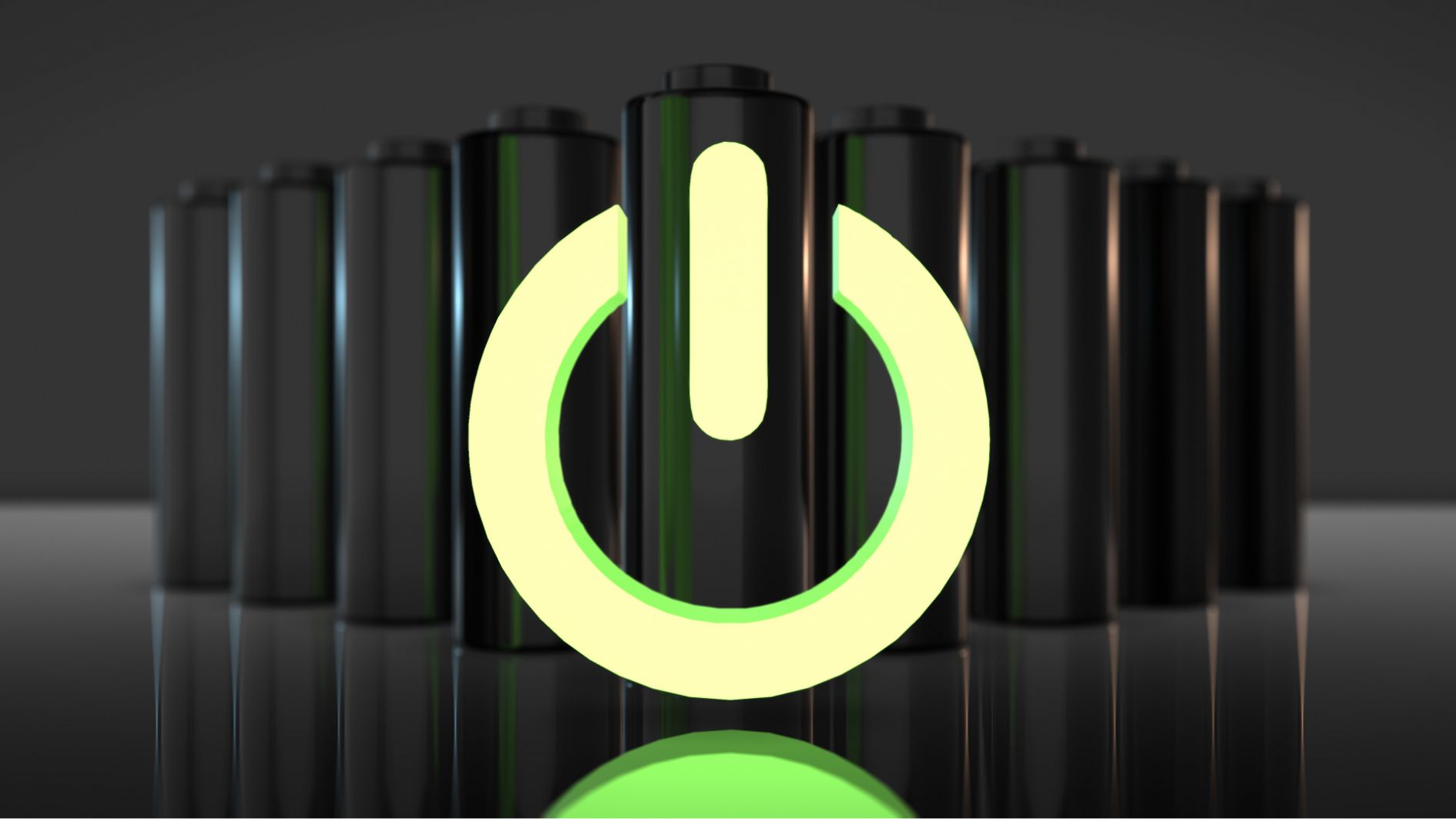Image source: Canva.com
While the primary motivation for installing an energy storage system is often resilience, there are financial considerations to weigh. Although the payback period for storage systems tends to be longer than that of solar panels, several factors influence it. Here are key points to consider when calculating the payback period for your battery.
Estimating Your Energy Storage Payback Period
Like solar, determining the payback period for storage involves assessing both costs and potential financial gains.
Battery Costs
Solar batteries store excess energy generated by your solar panels, providing power during times when your system isn’t producing energy or during outages to keep essential appliances running.
While solar batteries offer significant benefits, such as backup power, reduced reliance on the grid, and potential savings on electricity bills, they come with a high cost. Installing a single home battery can range from $12,000 to over $20,000.
Batteries are a smart investment for homeowners whose utility doesn’t offer full retail net metering, those who need reliable backup power, or those aiming to maximize their use of renewable energy. However, if your utility provides full retail net metering or backup power isn’t a priority, the investment in a battery may not be justified.

Beyond the Price Tag: Evaluating the Worth of Solar Batteries
Rebates and Incentives
To determine the payback period for energy storage, you’ll need to assess both the costs and the financial benefits of the installation. The primary economic benefits usually come from federal, state, and utility rebates and incentives.
The federal investment tax credit (ITC) is the most substantial incentive for storage, offering a tax credit equal to 30% of the cost of your storage system. However, there are key differences in how the ITC applies to storage versus solar: to qualify for the ITC, your energy storage system must be charged with a renewable energy source, such as solar. Always consult with your tax advisor to confirm your eligibility for the ITC and to ensure your storage system qualifies for the full 30% tax credit.
In addition to the federal ITC, various states and utilities offer storage rebates and incentives, like NY-Sun Solar plus energy storage incentive available for Long Island region. Although these are relatively uncommon nationwide, they can significantly shorten the payback period for energy storage systems.
Electricity Rate Plan
Consider your electricity rate plan. For those on time-of-use rates, storage can help lower bills by charging during off-peak hours and supplying power during peak times. Similarly, if you’re subject to demand charges, storage can reduce peak energy demand, leading to significant savings.
Resilience Value
We keep emphasizing this because it’s crucial: most people do not install energy storage for financial gains. Instead, the primary benefit is resilience, providing emergency backup power. While it’s difficult to quantify the value of keeping the lights on, the energy industry uses a metric called the value of lost load (VOLL) to measure this.
VOLL varies widely based on several factors, including the type of electricity consumer you are – whether a home, business, hospital, or first responder – and the duration of the outage, from a minute to an hour, a day, or even a week. Essentially, VOLL reflects how much value you place on maintaining an uninterrupted electricity supply.

Powering Your Home with a Battery: What’s Feasible?
What to Expect in Payback Periods
The payback period for energy storage varies depending on available rebates and incentives, your electricity rate plan, and the installation costs. In areas with strong state-level incentives, storage can pay for itself in as little as five years. When combined with solar, the benefits of both systems can complement each other, often only affecting the overall payback period by a year or two.
Conversely, if there are no significant financial incentives for storage in your area, the decision to install energy storage depends on how much you value having backup power and how often you experience power outages.





